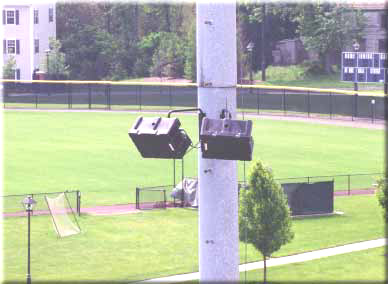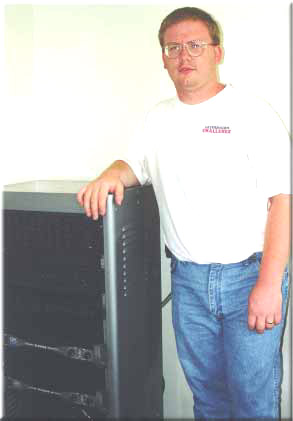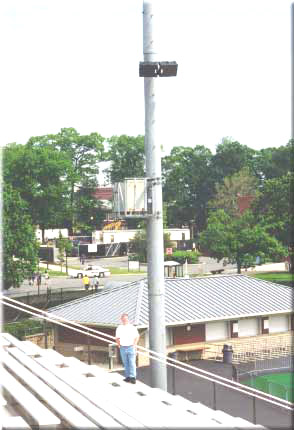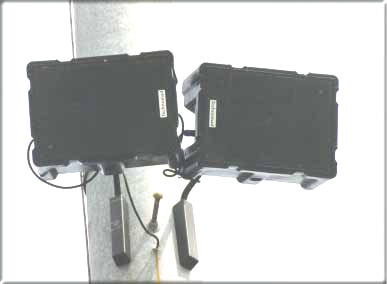The importance of quality audio at outdoor high school athletic fields is too often overlooked. Providing a sound system for a high school stadium comes with a long list of challenges, from weather to audio dispersion to the complaints of nearby residents, all of which are easier to address with proper planning.
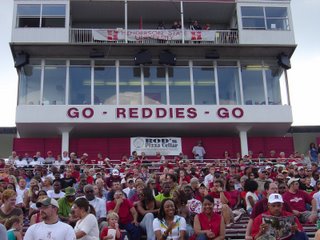 Successful high school outdoor audio begins with good communication from the sound system provider to the Athletic Director. How the system is designed and installed will affect both the ease of use and the quality of the audio output. The sound system provider must thoroughly understand and be responsive to the needs of the school. The end users in high school venues are generally volunteers. Whether students, parents or faculty, it is likely that the end user will have limited audio experience. A responsible audio contractor will have this in mind and design and deliver an easy-to-use outdoor audio solution.
Successful high school outdoor audio begins with good communication from the sound system provider to the Athletic Director. How the system is designed and installed will affect both the ease of use and the quality of the audio output. The sound system provider must thoroughly understand and be responsive to the needs of the school. The end users in high school venues are generally volunteers. Whether students, parents or faculty, it is likely that the end user will have limited audio experience. A responsible audio contractor will have this in mind and design and deliver an easy-to-use outdoor audio solution.
A variety of loudspeaker manufacturers offer weather-resistant products, but these enclosures can only withstand the elements for so long. A true weatherproof speaker will not keep the rain and snow from entering the loudspeaker; however, it will include provisions for managing moisture. This may include a higher-quality grill system or tiny exit holes for drainage. Neither the structural integrity of the outer shell nor the perceived audio should degrade over time from ordinary outdoor exposure.
The school’s budget will of course influence purchasing decisions, and the regional weather will dictate what kind of protection is needed to extend the life of the system. Paging horns are durable, and sound quality has improved over the years, but they are still primarily paging horns. Low-cost loudspeakers are yet another option, but their inability to withstand the elements will result in a very short life and create the need for regular replacement. Another way to extend the life of the loudspeakers is to remove them when not in use, although re-installation and repair to wiring and cabling become time consuming.
Location is key. While location brings loudspeaker placement to mind, the school’s geographical location is also important. The ability of the loudspeaker to withstand the elements, from the Arizona heat to the snow and wind in Upstate New York, must be considered. Location becomes a factor once again during installation. The typical high school outdoor audio system features several loudspeakers powered by a central PA rack. Where these systems are positioned in the stadium and how they are installed will be critical to the success of the installation.
The press box is by far the best initial choice for loudspeaker installation. The flat surface of the press box offers a smoother and more secure mounting surface than telephone or metallic light poles.
The main issue with loudspeaker installations on widely separated light poles is an echo that results from the near loudspeaker audio arriving prior to the audio from the far loudspeaker. This echo, which must be eliminated electronically, results in uneven sound that degrades speech clarity and music quality. Sound that is properly controlled is also easier to keep out of the yards of neighbors who might not want to hear it.
Sound coverage is a challenge as well. Loudspeakers directed toward the home bleachers leave the field and visiting bleachers uncovered. Lower quality loudspeakers will especially have trouble reproducing intelligible speech and music throughout the stadium. The press box installation, with loudspeakers pointing straight out and tilted slightly downward, helps minimizes echo by ensuring that attendees hear audio from only one loudspeaker. Loudspeakers with wide dispersion patterns optimize coverage, delivering a pleasant audio experience to all bleacher areas and the field. Loudspeakers will outperform traditional horn systems, which are well known for the inability to reproduce the deep bass and detailed highs that are common with high fidelity loudspeakers.
Sometimes, however, a press box is not an option. A recent Technomad installation on a new soccer field at a high school in Columbus, Ohio lacked a press box. The rack system was integrated within a cement shell that was wired for electricity. The installer ran cables under the field surface to the other side where the loudspeakers were installed on round light poles with specialty brackets. This situation is an example of how a smart installer using high quality products can provide excellent audio quality under less-than-ideal conditions.
Different fields require different sound systems. Baseball fields, for example, require an almost completely different approach due to the design of the field. In this case the backstop is a better mounting location than the press box or light poles. Loudspeakers with wide audio dispersion should be installed high enough on the backstop and angled so as to provide a single source to both home and visitor stands as well as the area behind home plate and into the field.
Regardless of the stadium in question, proper planning and a willingness to purchase better quality equipment right off the bat will give the school a great quality sound system and help eliminate headaches in the future.
Note: A modified version of this article was published in the November, 2007 on-line and printed editions of Christian School Products magazine.


